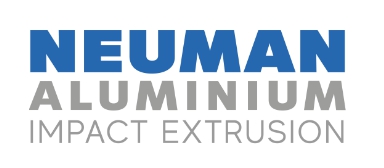Impact Extrusion vs. Machining
Certain products can be produced many times faster by impact extrusion than by screw machine or turret lathe. Piece by piece dimensional variations during a production run are slight. Surface finish is smooth and bright and requires no grinding or finishing operation. Being of wrought structure, parts readily accept decorative or protective coatings.
Impact Extrusion vs. Casting
If the design of the part is within the limits of impacting and it is necessary for the part to be lightweight yet strong with smooth surfaces, the impact extrusion process may be preferable to casting. Thin wall parts may be produced by extrusion, which would be difficult to cast. Impact extrusion produces a non-porous component, which is advantageous for secondary machining.
Impact Extrusion vs. Deep Drawing
Impacting is preferable to drawing when (1) the shell length is more than twice the diameter, (2) the base must be thicker than the side walls (i.e., having a heavy complex bottom), (3) the design incorporates lugs, bosses, projections, or recesses, and (4) the shell length requires several “draws.”
Impact Extrusion vs. Welding
Welding and brazing are used to join a number of components to form a subassembly. Impact extrusion makes it possible to produce these sub-assemblies in one piece, faster and at a reduced labor cost. Connection failures and leaks are entirely eliminated by impact extrusion.
IMPACT EXTRUSION VS. FORGING
Impacted pieces are lighter than forged counterparts and are produced with minimum draft surfaces, closer dimensional tolerances and require less, if any, machining.
Compare
VS
